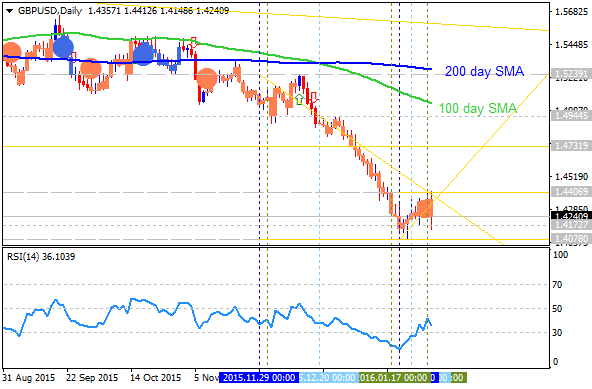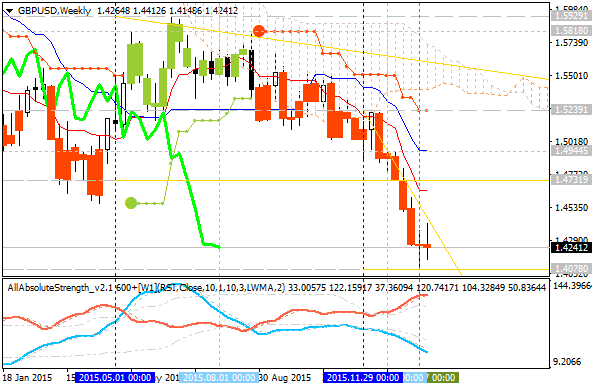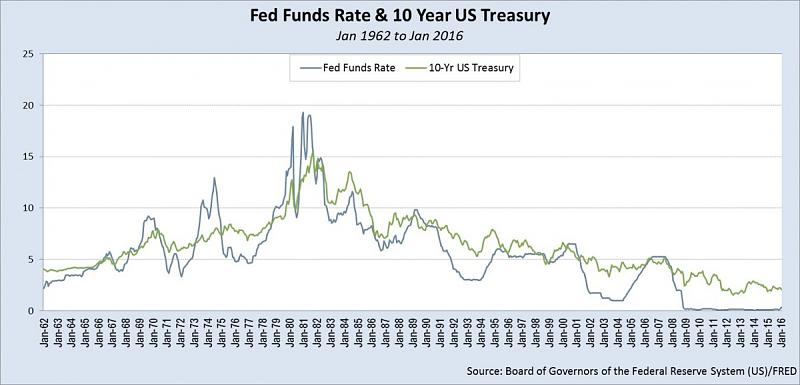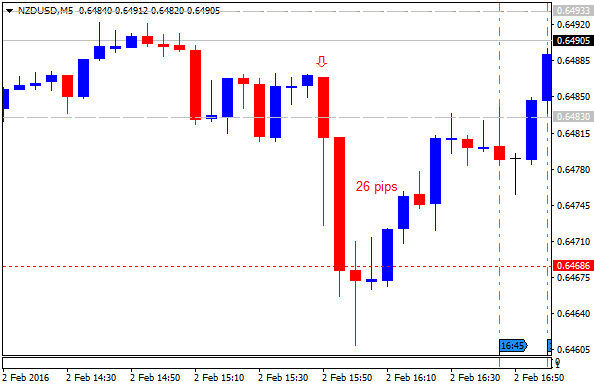Week Ahead by Crédit Agricole: NFP, RBA, FX Wars, GBP Squeeze, Sell AUD, NZD Rallies
- "The calm maybe deceiving and the bulls maybe heading to a ‘China’ shop. Indeed, potential disappointments from the China PMIs could well halt the risk bounce in its tracks. Apart from the RBA, which may sound extra dovish just to keep AUD from bouncing further, there will not be many central bank speeches to sooth market nerves further."
- "We remain constructive on USD against the background of raging global currency wars that should more than offset the negative impact of the recently more dovish Fed. Next week’s US data calendar could further boost policymakers’ confidence in the near-term outlook of the US economy and even inflation, and help USD."
- "GBP looks oversold to us and more indications that PM Cameron and his EU colleagues are inching closer to a deal could help the currency consolidate. The BoE Inflation report should not trigger another bout of re-pricing of BoE rate hike prospects and, with so many negatives in the price by now, that could leave GBP as a prime candidate for a short squeeze."
- AUD – 'Next week’s Chinese business activity data should prove the currency’s main driver. We expect rallies to remain a sell.'
- GBP – 'We see limited scope of next week’s BoE announcement and inflation report pushing GBP lower.'
- USD – 'Next week’s payrolls report should prove constructive enough in order to prevent rate expectations and the greenback from falling further.'
- NZD – 'The policy outlook should keep the NZD a sell on rallies.'
the source


 LinkBack URL
LinkBack URL About LinkBacks
About LinkBacks









 Reply With Quote
Reply With Quote





Bookmarks